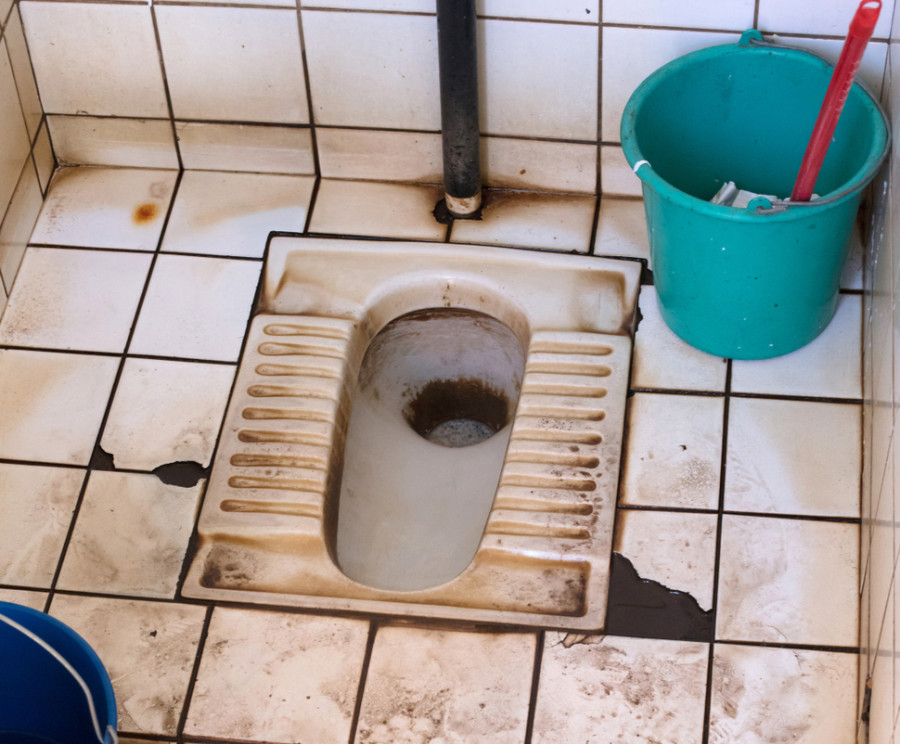Columns
There is a significant dearth of public toilets in Nepal
The country is yet to have concrete policies and guidelines to deal with an issue that could very well cause a public health crisis.
Kribina Pathak
If you are living in Nepal, answering nature’s call when out in public can be a bit tricky. Why, you ask? Because public toilets, (although as critical as any large infrastructure project to make cities liveable) are in a miserable sanitary condition. Sad to say, but Kathmandu Valley has an acute shortage of well-functioning toilets. And if the situation is so hopeless in the capital, one can only imagine what it would be like in other places.
The history of toilets in Nepal dates back to the time of Pratap Malla (1624-74 A.D), where the first toilet reminisce was found in Hanuman dhoka. Since then, it took about 394 years for every Nepali household to have a toilet. That was a commendable milestone, but it was an incomplete triumph. Nepal was recently declared open defecation free, but people are still relieving themselves outdoors. Having access to well-functioning toilets—be it public or in one’s house—will prove vital for being an open defecation free country in its most real sense and help achieve total sanitation.
Kathmandu Valley has a total of 65 public toilets (excluding hospitals, public offices, parks, and petrol pumps) that serves one million inhabitants. This limited number of lavatories provides sanitation facilities to the mobile and seasonal population thronging inside the Valley. Furthermore, it is estimated that one public toilet serves 3,000 people daily in the Kathmandu Valley. This is against the standard set by the World Health Organisation which maintains that there needs to be one toilet per 50 people and a toilet at every 500m distance. Along with this, none of the toilets is disabled friendly though there are no additional costs incurred during their construction.
Cities outside Kathmandu Valley are grossly underprovided in terms of public toilets. There is a shortage of data too regarding their number. It has been reported that many households in the Tarai districts do not have toilets owing to financial constraints and lack of land. To make things worse, wherever they are available, most of them are unusable for they lack basic facilities like soap and water. They say toilet provision has even been called the barometer of civilisation. If that is something to go by, we trail years behind.
India recently declared itself open defecation too. Compared to Nepal, India has fared comparatively better when it comes to managing public toilets. In 2019, 57,000 toilets were built across 2,300 cities in India since the Swachh Bharat initiative was launched in 2016. What’s more, these toilets have been incorporated into Google Maps for easy access. A similar example of digitisation of public restrooms is found in Bangaladesh where less than 1 percent defecate in the open. Since privies are a significant public health concern, India, to reach its sanitation goals, is planning on building e-toilets by collaborating with the Gates Foundation.
Sadly, Nepal is yet to have concrete policies and guidelines to deal with an issue that could very well cause a public health crisis. There are some existing policies which prescribe that all petrol pumps should provide toilet facilities, but that remains unimplemented, too.
Nepal is committed to pursuing and achieving sustainable development goals (SDGs). SDG Goal 6 is about ensuring sustainable water and sanitation for all. Goal 6.1 targets ending open defecation by providing sanitation facilities to all. Aligned with SDGs, the theme for this year’s World Toilet Day 2019 to be celebrated on November 19 is ‘Leaving no one behind.’ Even though most households now have toilets, provision of public restrooms is still a significant problem. To tie this with the upcoming Visit Nepal 2020 campaign, which aims to bring two million tourists in the country, the lack of public toilets will prove to be a major buzzkill. For starters, the authorities could immediately work to repair non-functional toilets, ensure mobile toilets in more significant numbers and make available the washrooms of public service organisations for the public could do. Also, the good practice of adding restrooms into Google maps can be replicable.
Having said that, a national-level public toilet guideline, standards, and designs are necessary. Along with this, incentives such as tax concession, tax rebatement could be promoted. Building codes should have a rule of a commercial building with a mandatory provision to build disable friendly toilets. Poor sanitation and lack of access to toilets jeopardise many lives. Therefore, any plan and development should be implemented only after conducting in-depth research and considering realities of the present context.
***
What do you think?
Dear reader, we’d like to hear from you. We regularly publish letters to the editor on contemporary issues or direct responses to something the Post has recently published. Please send your letters to [email protected] with "Letter to the Editor" in the subject line. Please include your name, location, and a contact address so one of our editors can reach out to you.




 18.12°C Kathmandu
18.12°C Kathmandu















